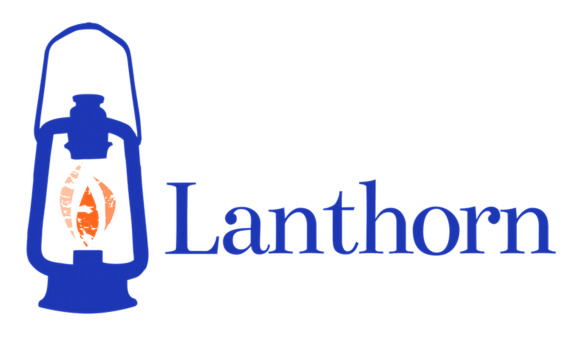Published in collaboration with The Lanthorn.
“The journey of a leaf”
By Essie Fenstermacher, from The Lanthorn Fall 2013 Edition
I was born and grown on high
now is the time for my descent
and death
wheeling soaring flipping tumbling screaming laughing swirling
I shall nourish the earth
and make room for those coming
after me
Lanthorn Editor’s Note: Ally Stevick
“The journey of a leaf” isn’t long, but it packs a punch. It effectively fulfills its title by giving the leaf’s journey in just seven lines, and very effectively crafts that journey into a story arc that is ripe with imagery. By personifying the leaf, and speaking from its perspective, the poem suggests that the sentiments expressed here can be shared by people as well as leaves–we too are born and grow, we too go through life tumbling and screaming and laughing, and we too will nourish the earth when we die.
One of the things I especially admire about this poem is its fearless approach to death. The speaker accepts that “now is the time” for death, and seems unafraid and at peace with that, after a life of “growing on high.” In fact, the speaker seems almost happy at the prospect of a fruitful death that nourishes those who are still living. This is truly a vision of a life free from the fear of death, and while it’s not explicitly tied to the Christian view of death in the poem, I find that those resonances, intended or not, make the poem especially beautiful to me.
Another aspect of “Journey of a leaf” that I find particularly delightful is its structure. Each stanza connects to a part of the leaf’s life cycle, and so as we read we can see the progression from growth, to falling, to death on the ground. Since the poem is arranged vertically, we can almost see the leaf located in space: growing at the top of the tree in the first stanza, falling through the air in the middle, and landing on the ground in the last. That middle stanza, which is just one line, catches the reader up in the action and movement of the leaf with its list of gerunds. This line is dynamic both in the very nature of each word used, and in the fact that it moves the reader, with the leaf, from one state of being to another. I think the dynamism of that line is part of what makes the ending so effective. After its growth and active journey through the air, when the leaf comes to rest on the ground both it and the reader can be satisfied.
“Valentine House”
By Amanda Irwin, from The Candle October 2013 Edition
My mother grew up
in the basement of a retirement home.
Tired, the residents shuffled to dinner.
One man
stood every night
at the head of the table without clothes
years of gravity
evident in his sagging,
translucent skin.
The yard of fruit trees bled sweet
in the summer, tender and dripping
on the melting asphalt.
Each plum had a worm
and my grandmother
with the succulent heart
in the curve of her palm
would cut
out the tainted square
of dark flesh.
Editor’s Note: Ally Stevick
“Valentine House” gives me chills. I first encountered it when it came out in October 2013, in one of the mini packets The Lanthorn has occasionally released with the name The Candle. I was thirteen then, reading poetry in the periodical section of the library one afternoon and I was struck then, as now, by the vivid and evocative imagery that this poem uses.
The language of the poem is simple, giving straightforward narration and descriptions, but the content itself is aesthetically striking and deeply intriguing. I’m particularly struck by the conclusions of the both of the two stanzas, the image of the man with “his sagging, translucent skin” and of the plum with “the tainted square of dark flesh.” Part of what makes this poem so effective is that it builds to these two highly visual ideas. As readers, we are drawn in, even as we feel we are maybe seeing a little more than we ought to. There is something poignantly personal about the image of this old, naked man, who is exposed to the reader as to the other people at the table. We feel we should look away, especially, perhaps, because the speaker ties his years to his skin, so we feel we are seeing more than just his body, but his life as well.
The second dominant image of the poem contrasts beautifully with the first. While the first is an image of pale, “translucent” flesh, the second is an image of the “dark flesh” of the worm-eaten plums. Visually they are opposites, but they also seem to be moral opposites as well. While the old man in the first stanza comes across as innocent in his nakedness, the flesh described here is “tainted,” almost guilty of its worms. And like the years of the man’s life were tied to his skin before, here the plums seem tied to the idea of hearts. The poem suggests that not only is the speaker’s grandmother cutting the bad spots out of fruit, she’s cutting the bad spots out of hearts as well. I find that image a fascinating one, particularly because the poem doesn’t tell us whether we should interpret this paring to be wholly positive or not. “Valentine House” leaves us with that intriguing and unsettling image, to do with it what we will.



